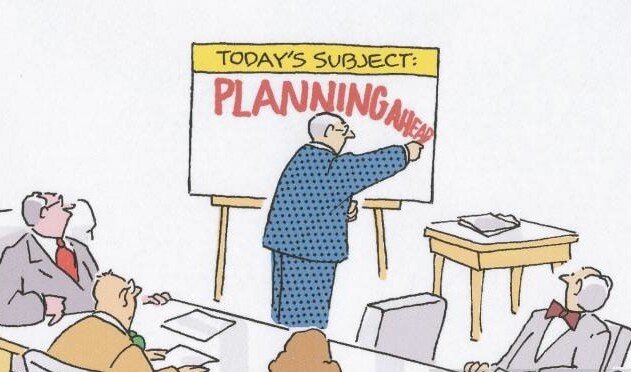What makes an employee stay versus leave an organization defines retention.
Every employee has different reasons for doing what they do each day, or their “why”. The list is huge, but there is one that truly hits home when it comes to employee retention; connections. Connections take the form of healthy relationships with their peers and leadership, in addition to being able to connect how their own role fits into the broader mission of the organization that they are a part of. Employees need to feel that their work effort and contributions to the organization are valued, and rewarded, appropriately, and the organization must understand that “value” is more than just a dollar figure.
Show Them That They DO Matter
At all levels in your organization, there needs to be an equal level of respect and open communication. Protect the employee assets by investing time and effort into building strong connections on a foundation of mutual trust and respect. Increase their overall value to themselves and to your organization by investing in their training and development. Giving them an opportunity to grow in the business and to achieve the goals that they have in their lives today will only make for great things in the future. After all, getting an amazing two years with a fantastic employee can be much more valuable to your organization than 10 years from a not so fantastic employee. Ensure that the time they spend with your organization is as valuable as it can be, from all perspectives.
It’s also important to know that a team member’s plans can and will change, depending on the value that your organization provides to them. Many top team members have started with an organization and planned on using their time there as a “stepping stone” to something else. Decades later, these same people are leaders in the organization. What changed? The team members’ perception of the value provided to them by your organization, and more than likely, the strong connections they have built with the organization and the people in it.
How can you determine the value proposition for someone looking to join your team? While a good interviewee will work hard to ensure that every answer they give you is what you want to hear in order for you to offer them the position, a good interviewer knows how to ask the right questions to get the information they need. In order to increase the chances of getting a true understanding of an applicant’s skill sets and of their willingness and ability to perform within their organization’s environment, you have to know what questions to ask and how they pertain to your company specifically. Ask questions that will elicit answers that will help you to determine how that individual will fit in with your organization’s culture.
What Really Makes the Difference
Now that you have them, how do you keep them there, and performing at or above expectations? It goes back to the value and connection piece. Feeling valued and respected by your colleagues can make your job worthwhile, but what matters the most is the feeling of value and respect you receive from your boss and the leaders of an organization. Even in situations where I felt valued by my peers or by the people that I was leading, the most impactful drivers that kept me present were the connection I had with my leader. Feeling valued by them, having a high level of mutual respect and trust present between us, and feeling confident that my contributions to the mission and vision of the organization were appreciated was what made the difference.
Retention by itself isn’t what most businesses are looking for. If you have zero turnover while your organization underperforms or otherwise struggles to provide value to your clients, you’re “retaining”, but at a major cost. Likewise, losing underperforming employees to an influx of highly engaged, innovative, and connected employees could be exactly what your business needs. Basically, you have to know what it is that you want to retain, and what you want to lose, in order to achieve the mission and vision of your organization.
Putting Your Plan Into Action
Before you ask “what can we do to improve retention?”, ask yourself “do we have the right people today?”, and work backward from that answer to determine where to focus your efforts. Having a strong culture in place BEFORE you decide to focus on the heavy-lifting of process improvement, retention strategy, goal alignment, and a host of other big-ticket initiatives, will only make those changes easier to implement and ensure sustained success over the long haul. Businesses are like fingerprints, in that no two are exactly alike, which means that every business is going to have environmental, cultural, or systemic opportunities that will require a unique approach.
















